This post may contains affiliate links. Read our full disclosure here.
Picture this: you’re at a dimly lit restaurant, scrolling through a leather-bound wine list that feels more like a novel than a menu. Every bottle listed has been carefully chosen, not randomly selected. Understanding how sommeliers pick wines for restaurants reveals a fascinating blend of culinary artistry, business strategy, and genuine hospitality that goes far beyond personal taste.
Behind that intimidating wine list sits countless hours of tasting, planning, and strategic thinking. Professional sommeliers don’t just stock bottles they personally love—they craft wine programs that complement the chef’s vision while keeping guests happy and engaged. The wine selection process involves understanding food pairings, managing costs, predicting guest preferences, and building relationships with distributors across the globe.
Everything Starts with the Chef’s Vision
Before touching a single bottle, sommeliers sit down with the kitchen team to understand the menu inside and out. The restaurant’s cuisine style dictates the entire wine program direction. A Mediterranean seafood spot needs crisp whites and light reds, while a steakhouse demands bold Cabernets and structured Bordeaux blends.

Signature dishes often drive specific wine choices. If the chef’s famous for a spicy Thai curry, you’ll likely find off-dry Rieslings or Gewürztraminers on the list. Traditional French bistros stick with classic regions like Burgundy and Loire Valley. However, experimental kitchens might feature natural wines from Slovenia or volcanic wines from Sicily to match their adventurous plates.
The key principle? Wine should support the food, never compete with it. Professional sommeliers understand that guests come primarily for the dining experience, and the wine program needs to complement that journey without overwhelming the palate.

Building a Balanced Wine Portfolio is Important for How Sommeliers Pick Wines
Once the menu direction is clear, sommeliers focus on creating a diverse wine selection that works for every guest. This means balancing styles, prices, and regions to create something for everyone. You’ll typically find reds, whites, rosés, sparkling wines, and sometimes even orange wines represented.
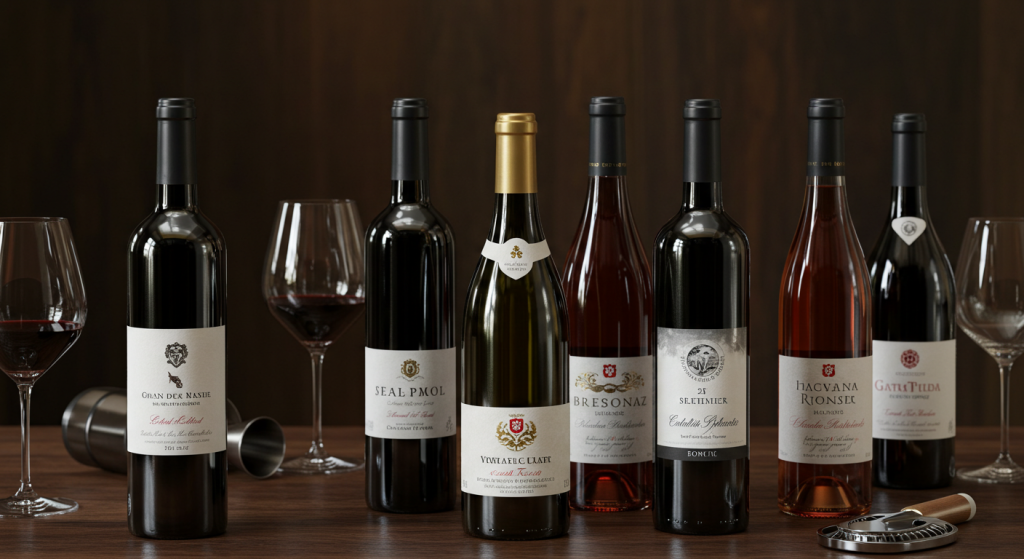
Price diversity matters tremendously in fine dining wine curation. Entry-level bottles around $40-60 make wine accessible to most diners, while premium selections hitting $200-400 cater to special occasions and serious wine collectors. The goal isn’t to stock only expensive bottles—it’s about offering value at every price point.
Geographic representation tells a story too. Familiar regions like Napa Valley, Tuscany, and Champagne provide comfort for traditional guests. Meanwhile, hidden gems from places like Mallorca, the Republic of Georgia, or Tasmania give adventurous drinkers something to discover. Sommeliers aren’t building their personal dream cellars—they’re creating wine programs that serve the restaurant’s diverse clientele.
Style variety ensures every palate finds satisfaction. Fruit-forward wines please newcomers, while earthy, mineral-driven bottles appeal to serious wine lovers. Crisp, food-friendly whites work for lighter dishes, and bold, tannic reds complement richer fare. The sommelier wine selection process requires thinking about food pairing possibilities for every bottle.
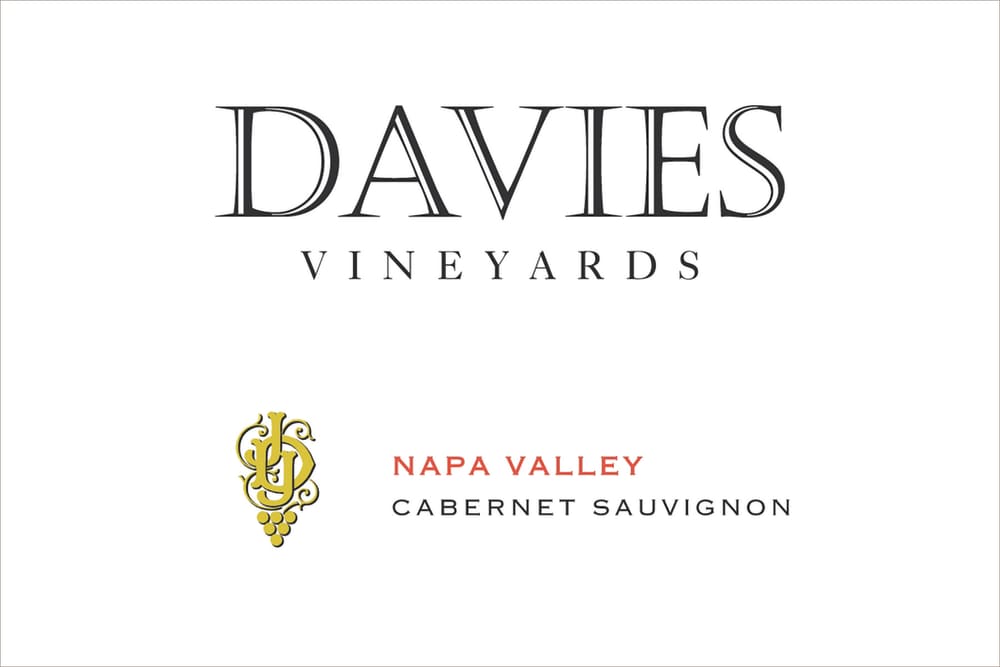
The Art of Wine Sourcing and Selection
How sommeliers pick wines involves constant tasting and relationship building. They attend portfolio tastings with distributors, visit wineries during harvest, and participate in trade events to discover new producers. Blind tasting sessions help eliminate bias and focus purely on quality and value.

Professional wine buyers look for specific qualities in every bottle. Balance between acidity, sugar, and alcohol creates food-friendly wines that won’t overpower dishes. Typicity—how well a wine represents its region and grape variety—matters for authenticity. Structural integrity ensures wines can handle rich, complex foods without falling apart on the palate.
Value remains crucial, especially in restaurant settings where markup affects final pricing. A $30 wholesale bottle might retail for $90-120 on the wine list, so it needs to deliver exceptional quality at its price point. Overpriced wines don’t stay on lists long because guests notice poor value quickly.
Building relationships with importers and boutique estates gives sommeliers access to exclusive allocations and rare bottles. These connections often provide the unique wines that differentiate one restaurant’s program from another. For example, having direct access to small-production Burgundies or cult California Pinots creates buzz and attracts serious wine collectors to the restaurant.
Consider why a sommelier might choose Raats Old Vine Chenin Blanc 2021 from South Africa. It delivers complexity, bright acidity, and versatile food pairing potential—all under $30. That’s exactly the kind of value-driven selection that keeps both guests and management happy.
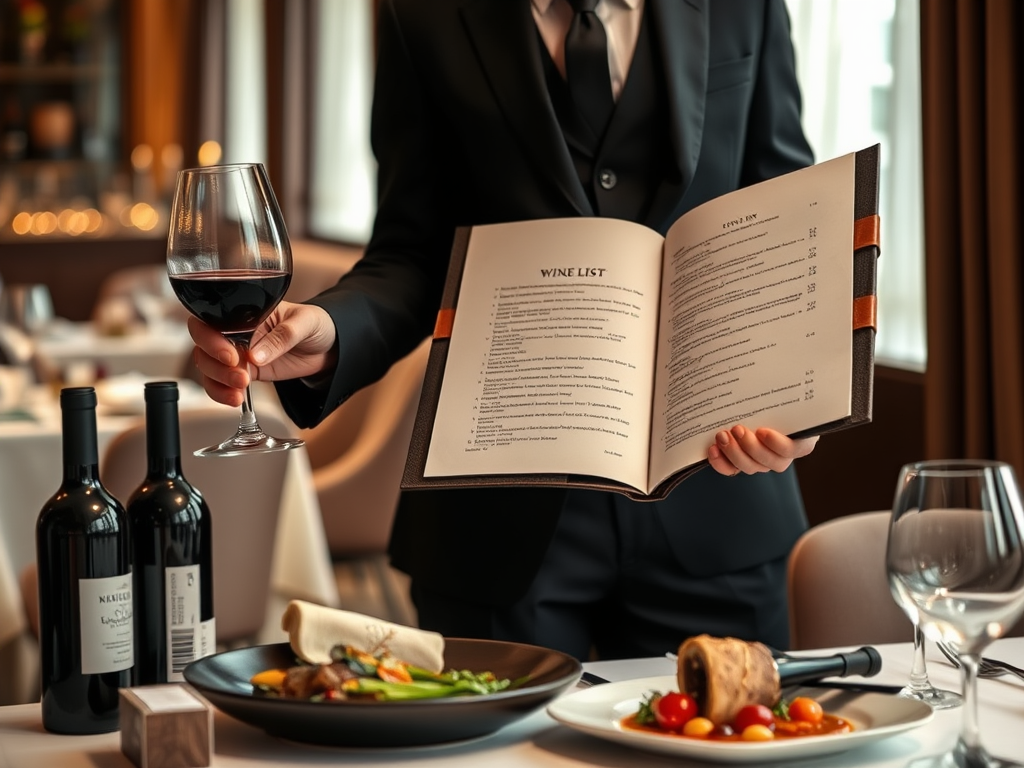
Creating Memorable Guest Experiences
Wine selection in fine dining goes beyond flavor matching. Sommeliers think about the emotional impact of each bottle choice. Will this wine spark conversation at the table? Does it create a sense of discovery or provide familiar comfort? Can it pair with multiple dishes to simplify ordering for large groups?

Recognition factor plays a significant role in restaurant wine programs. Some guests want prestigious labels they recognize from wine magazines or celebrity collections. Others prefer discovering hidden gems from emerging regions. Successful wine lists balance both preferences, offering familiar names alongside exciting discoveries.
The physical act of ordering, opening, and serving wine contributes to the overall dining experience. A bottle of Bollinger Special Cuvée Brut Champagne doesn’t just taste celebratory—the cork pop and bubbles create an instant party atmosphere at the table. Wine presentation matters as much as taste in upscale restaurant settings.
Versatility becomes crucial for wine list design. Bottles that pair well with multiple menu items get prioritized because they simplify decision-making for guests. A well-structured Pinot Noir might work with both the roasted chicken and grilled salmon, making it valuable real estate on a focused wine list. Understanding proper tasting techniques helps sommeliers evaluate this versatility accurately.
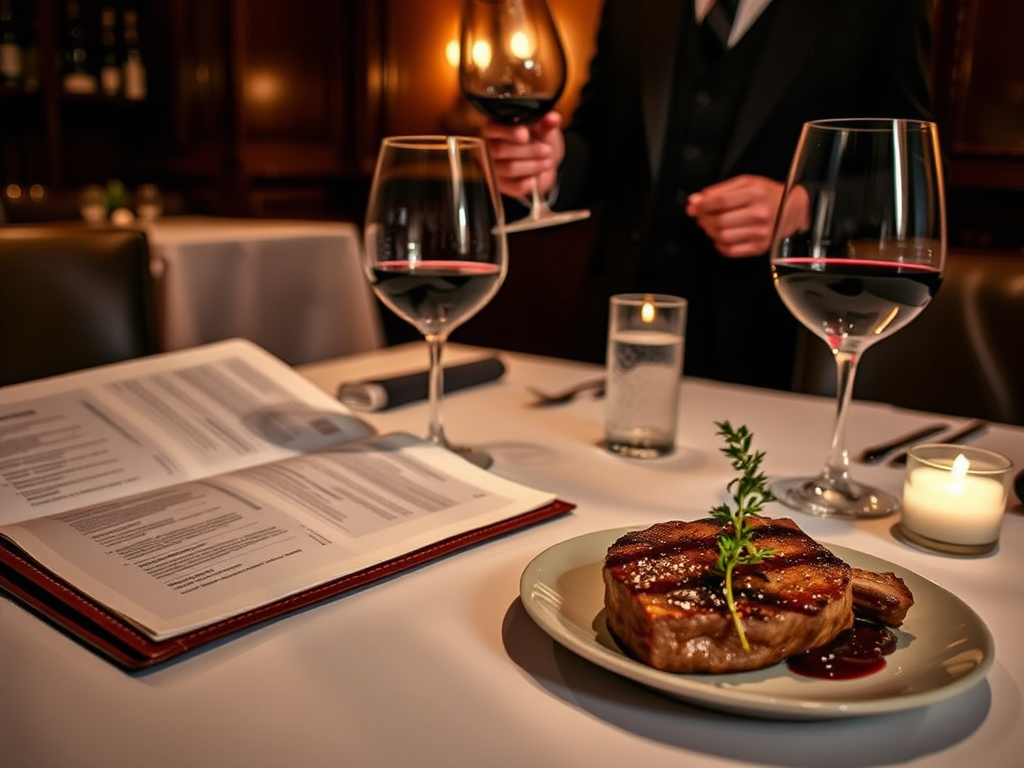
Managing the Practical Side of Wine Programs
Behind all the glamour, how sommeliers choose wines for restaurants involves serious inventory management and business considerations. They must ensure consistent availability of listed wines throughout the season. Nothing frustrates guests more than being told their chosen bottle is out of stock.
Seasonal adjustments keep wine programs fresh and relevant. Spring and summer menus call for lighter, zippier wines that refresh the palate. Fall and winter dining demands richer whites and structured reds that complement heartier dishes. Smart sommeliers plan these transitions months in advance to ensure smooth inventory flow.
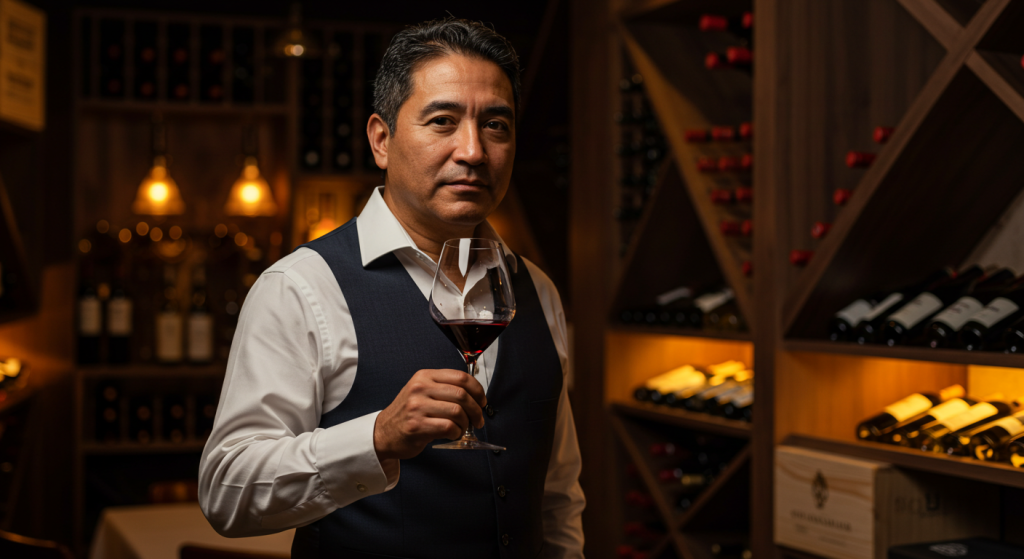
Sales data drives many wine program decisions. Bottles that sit on shelves for months get replaced with more popular options. However, sommeliers balance commercial success with educational opportunity—sometimes keeping slower-moving wines that represent important regions or styles for curious guests to discover.
Storage conditions and wine service logistics affect selection too. Restaurants need proper cellar space for aging wines and correct serving temperatures for different styles. These practical considerations influence which wines make it onto the final list, regardless of how much the sommelier personally loves them.
Professional development never stops for serious wine professionals. Many pursue sommelier certification programs to deepen their knowledge and credibility. Some even offer their expertise for private events and special occasions, extending their influence beyond restaurant walls.
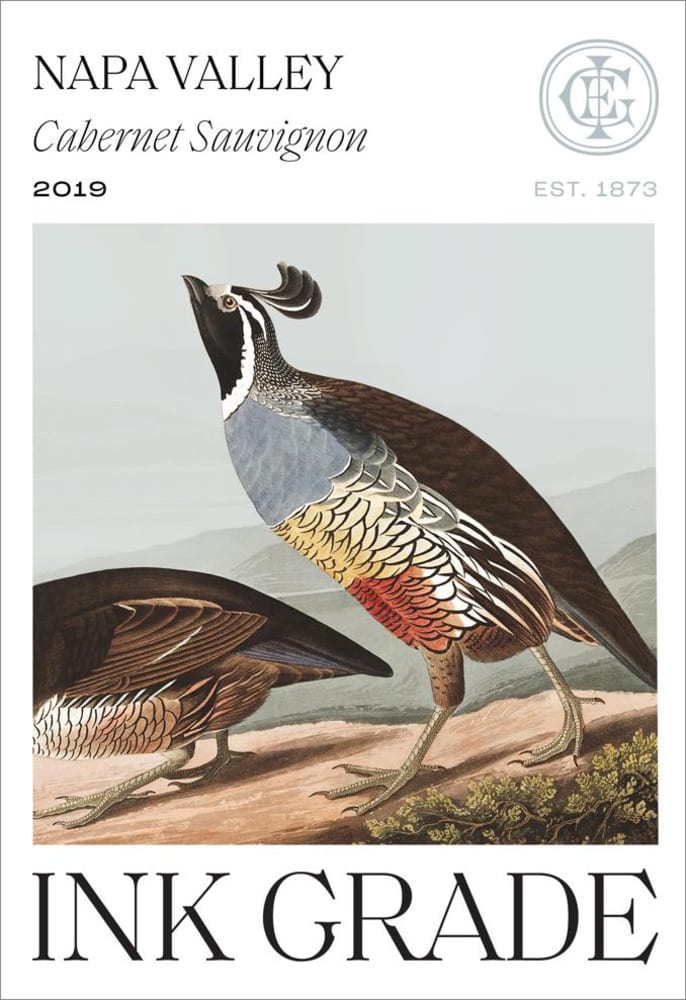
The next time you sit down at an upscale restaurant and marvel at the wine list, remember the months of planning behind every bottle. How sommeliers pick wines combines technical knowledge, business acumen, and genuine hospitality passion into one cohesive program. Each selection represents careful consideration of food compatibility, guest preferences, and overall dining experience goals. Great wine programs don’t happen by accident—they’re built one thoughtful bottle choice at a time, creating memorable moments that keep guests coming back for more. The best sommeliers understand their role extends far beyond wine knowledge; they’re curators of experience, making every meal more enjoyable through perfect liquid accompaniment. Whether you’re celebrating a special occasion or simply enjoying dinner out, that carefully chosen wine in your glass represents the culmination of professional expertise and genuine care for your dining pleasure.




